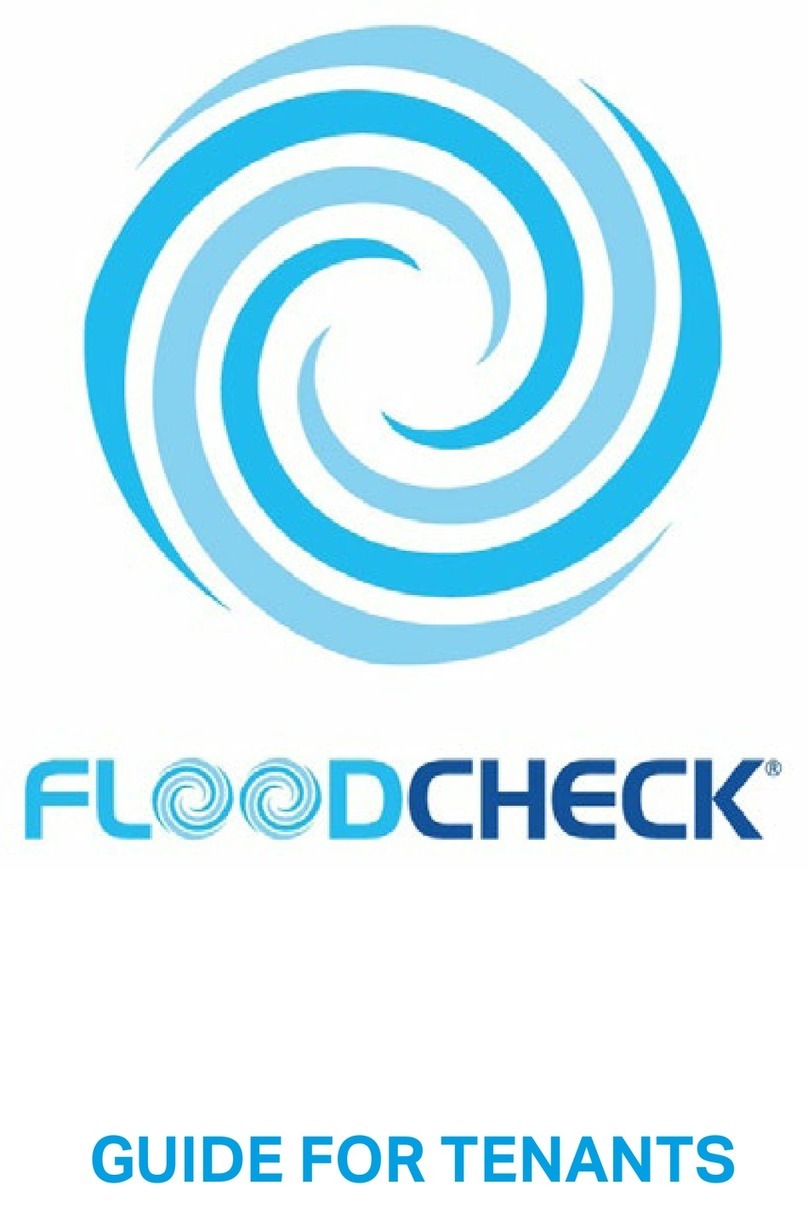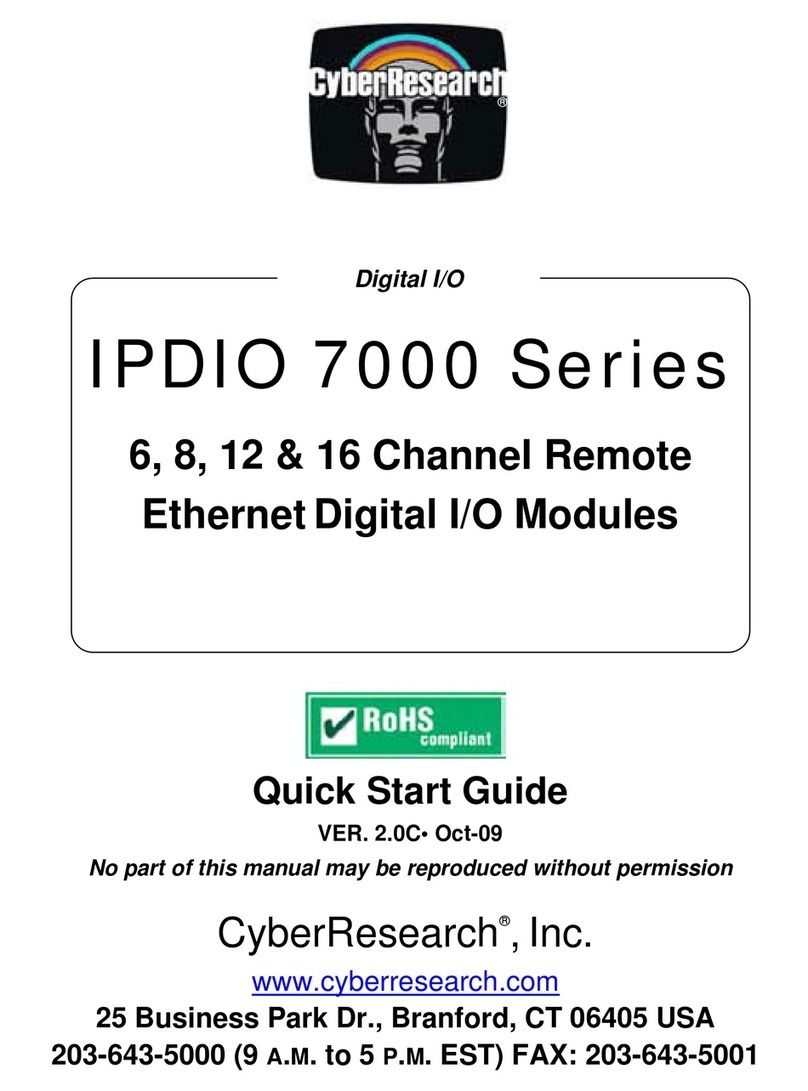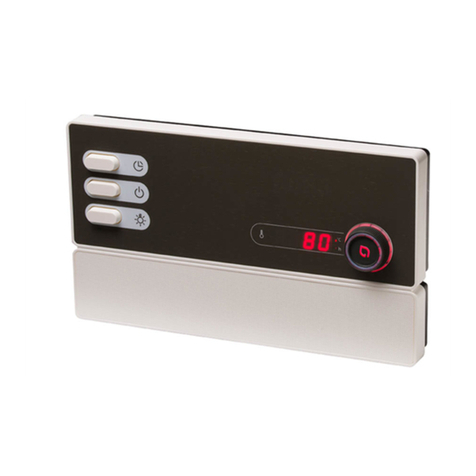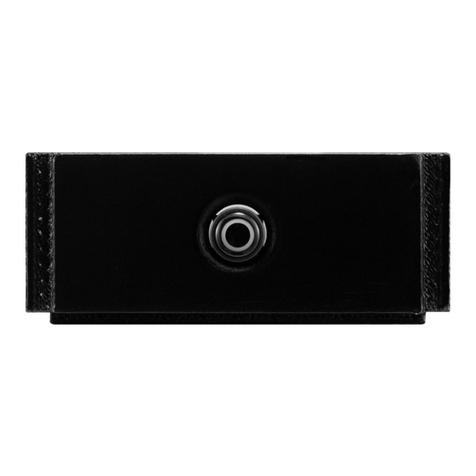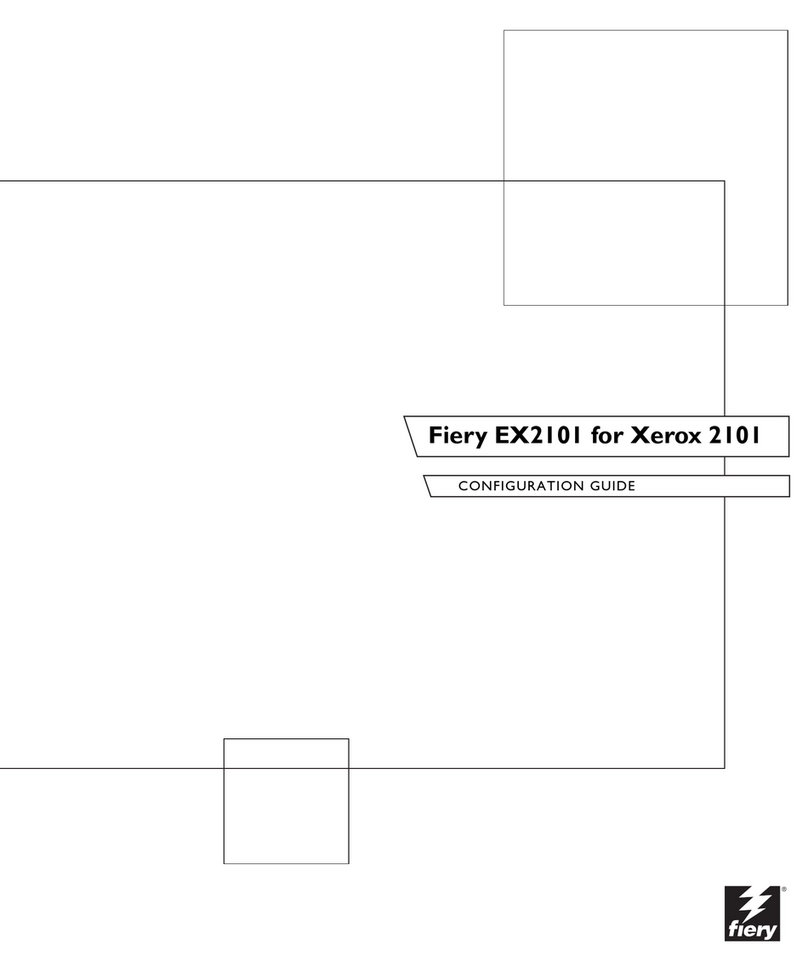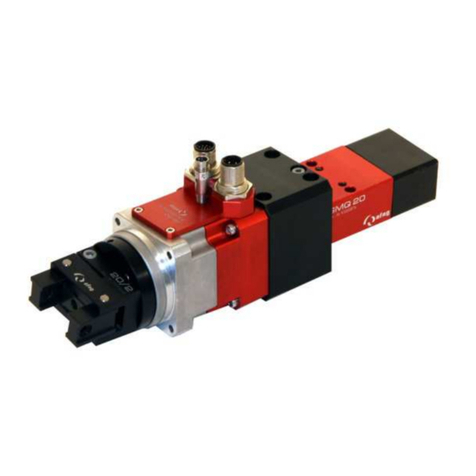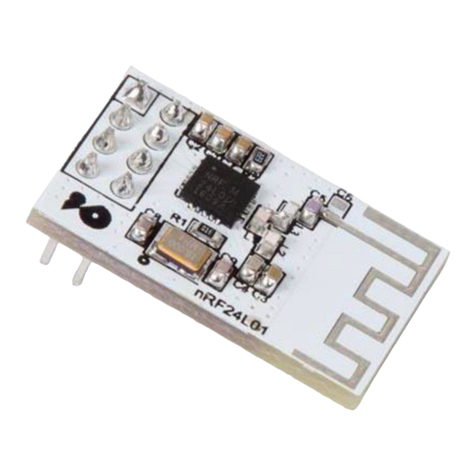HIQUEL TCL User guide

HIQUEL GmbH Page 1
Author: Peter Reiter File: HIQUEL_AppNote_TCL_1_E_R0100.doc
Translator: Markus Rindler Date: 05.07.2004 12:56
TCL/PCL application instruction
Function
For supervising and/or controlling fill factors electronic level indicators/controls are required.
Our products with the following type designations represent such devices: TCL, PCL and
TCL3. Because of simplicity reasons, all these devices in this document are designated as
level controls. In the case of differences between the devices we will deal in a separated
manner with it.
Operating range
The application of the level control requires the fulfilment of the following:
•The liquid you want to measure must be conductive.
•The liquid you want to measure must not be flammable.
•The liquid you want to measure must have its conductivity within the available
measuring range.
•Make sure that the sensor cabling is placed within a shielded cable away from AC
cabling or engine cabling.
Conductive liquids
Resistor calculation
The calculation of the resistance of the medium is possible. For this, the size of the
electrodes must be known.
A
d
pc
R*
*
1
=
A = Size of the electrodes [cm³]
d = Gap of the electrodes [cm]
c = Concentration [val/cm³]
p = equivalent conductivity [Scm²/val]
An equivalent means the amount of molecules of the liquid. There is one positive molecule
and one negative. For example, one molecule NaCl means Na+ + CL-the equivalent in this
case is 1. One molecule CaCl2 means Ca++ + 2CL-the equivalent is ½.
Usually the size of the electrodes is not measured, but the d/A ratio is acquired when
measuring the resistance of a cell with a defined concentration and a known equivalent
conductivity. In some cases the cell constant will be necessary for measuring with the level
control.

HIQUEL GmbH Page 2
Author: Peter Reiter File: HIQUEL_AppNote_TCL_1_E_R0100.doc
Translator: Markus Rindler Date: 05.07.2004 12:56
Conductivity and not conductive liquids
conductive liquids not conductive liquids
fresh/drinking water clean water
sea water gas
glycolic water oil
coffee brake fluid
alcohol
paraffin
whiskey
Measuring conductive liquids
Measuring conductive liquids is not as easy as measuring the resistance of ohmic resistors.
The liquids are not completely ohmic and you have to avoid a material wander.
The TCL considers these problems and uses a very small ac for resistance measuring.
Function description
Level control with one fill factor
Fill Function:
The relay (R) is active as long as the fill
factor reaches S1.
PE
S1
C
LL
NN
15
16 18
16 18
A1 15
26 28
25
A2
25
26 28
CS1S2
TCL-230Vac
P

HIQUEL GmbH Page 3
Author: Peter Reiter File: HIQUEL_AppNote_TCL_1_E_R0100.doc
Translator: Markus Rindler Date: 05.07.2004 12:56
Deplete Function:
As long as the fill factor reaches S1,
the relay (R) will be active.
Level control with two fill factors
Fill Function:
The relay (R) becomes active as soon as
both sensors (S1, S2) are not covered. It
switches off as soon as both sensors get in
contact with the medium.
Deplete
Function:
The relay (R) becomes active as soon
as both sensors (S1, S2) are covered.
It switches off as soon as both sensors
lose contact with the medium.
PE
S1
C
LL
NN
15
16 18
16 18
A1 15
26 28
25
A2
25
26 28
CS1S2
TCL-230Vac
P
PE
S1
MIN
MAX
S2
C
LL
NN
15
16 18
16 18
A1 15
26 28
25
A2
25
26 28
CS1S2
TCL-230Vac
P
PE
S1
MIN
MAX
S2
C
LL
NN
15
16 18
16 18
A1 15
26 28
25
A2
25
26 28
CS1S2
TCL-230Vac
P

HIQUEL GmbH Page 4
Author: Peter Reiter File: HIQUEL_AppNote_TCL_1_E_R0100.doc
Translator: Markus Rindler Date: 05.07.2004 12:56
Wiring
Galvanic disconnected AC adapter
Usually the receptacles for the liquids are made of metal and are grounded. In this case you
have to choose a level control with galvanic separated supply. In principle it are level
controls with transformers, recognizable by the AC adapter.
If the receptacle is made of plastic, mounted isolated and not grounded, you can use a level
control without galvanic separated supply. From experience this case can be excluded,
therefore we do not recommend the use of devices without galvanic separated supply.
Earthing
Because of safety reasons you have to ground connection „C“ of the TCL near the liquid
receptacle. The respective rules have to be considered.
Wire
Use a shielded cable for the cabling. The shield itself has to be connected with the level
control at connection „C“. Keep the measurement cabling as short as possible, but cabling
up to 100m do not represent a problem as long as the wiring prevents stray pick-ups into the
measurement cabling. We recommend the positioning of the level control directly next to the
receptacle you want to measure.
For additional improvement use drilled and shielded cables. Use “C“ and „S1“ and „C“ and
„S2“ as drilled lines. The shield must always be connected with “C”.
C
S1
S2
Installation
The measurement of liquid levels takes place with very small current and stream, for this
reason installation near current leading cables has to be avoided. If this is not possible you
have to install additional shields.

HIQUEL GmbH Page 5
Author: Peter Reiter File: HIQUEL_AppNote_TCL_1_E_R0100.doc
Translator: Markus Rindler Date: 05.07.2004 12:56
Measuring range The TCL has 2 switchable measuring ranges
(sensitivity). First measuring range is between 250
Ohm and 100kOhm (LOW), second is between
50kOhm and 1MOhm (HIGH). Through switch-
hysteresis, due to component tolerances and
specific peculiarities the measuring ranges are
only in a certain range reasonably usable.
Therefore we differ two different measuring
ranges. The adjustable measuring range and the
usable measuring range.
adjustable measuring range usable measuring range
LOW 250Ohm … 100kOhm 1kOhm … 80kOhm
HIGH 50kOhm … 1MOhm 70kOhm … 800kOhm
The overlap of the measuring ranges is desired. It should also ease the adjustment of the
level control.
Set sensitivity
Place a special attention to the balance, as the impedance of the medium you want to
measure changes because of temperature, solved salts, pH-value, immersion depth of the
sensors, sensors itself and the receptacle.
The following calibration instructions allow a save and secure configuration of the level
controls. Other adjustments are conceivable and can be carried out by skilled engineers.
If the level control has a time delay (f.i. TCL3), you have to set it to a minimum during
calibration. Adjust it to the desired value after the settings.
Level control with one fill factor
Fill
Connect the level control completely and bring the sensor in position. Fill the receptacle in
such a way that the sensor is a little immersed (maximum fill factor).
Adjust front switch to: one level, filling, high sensitivity. Rotate potentiometer clockwise to the
stop. Relay (R) must not be active. Now turn the potentiometer slowly counter clockwise to
the left. If the left stop of the potentiometer is reached, turn it again clockwise until the right
stop is reached. Adjust front switch to “low sensitivity” and turn the potentiometer again
counter clockwise to the left. If the relay now switches automatically, the impedance of the
liquid has fallen below. Now you have to turn back the potentiometer half turn. If you reach
the right stop position before, switch back to „high sensitivity“ and execute the half turn to the
right there. The level control is now ready.
100
1.000
10.000
100.000
80.000
70.000
1.000.000
800.000
100
250
1.000
10.000
50.000
100.000
1.000.000
LOW
HIGH
adjustable
m
easuring range
usable measuring range

HIQUEL GmbH Page 6
Author: Peter Reiter File: HIQUEL_AppNote_TCL_1_E_R0100.doc
Translator: Markus Rindler Date: 05.07.2004 12:56
Level control with one fill factor
Deplete
Connect the level control completely and bring the sensor in position. Fill the receptacle in
such a way that the sensor is a little immersed (maximum fill factor).
Adjust front switch to: one level, filling, high sensitivity. Rotate potentiometer clockwise to the
stop. Relay (R) must not be active. Now turn the potentiometer slowly counter clockwise to
the left. If the left stop of the potentiometer is reached, turn it again clockwise until the right
stop is reached. Adjust front switch to “low sensitivity” and turn the potentiometer again
counter clockwise to the left. If the relay now switches automatically, the impedance of the
liquid has fallen below. Now you have to turn back the potentiometer half turn. If you reach
the right stop position before, switch back to „high sensitivity“ and execute the half turn to the
right there.
Set front switch to “emptying”. Now the relay should become active. The level control is now
ready.
Level control with two fill factors
Fill
Connect the level control completely and bring the sensors in position. Fill the receptacle in
such a way that the sensor S2 is a little immersed (maximum fill factor).
Adjust front switch to: two level, filling, high sensitivity. Rotate potentiometer clockwise to the
stop. Relay (R) must not be active. Now turn the potentiometer slowly counter clockwise to
the left. If the left stop of the potentiometer is reached, turn it again clockwise until the right
stop is reached. Adjust front switch to “low sensitivity” and turn the potentiometer again
counter clockwise to the left. If the relay now switches automatically, the impedance of the
liquid has fallen below. Now you have to turn back the potentiometer half turn. If you reach
the right stop position before, switch back to „high sensitivity“ and execute the half turn to the
right there. The level control is now ready.
Level control with two fill factors
Deplete
Connect the level control completely and bring the sensors in position. Fill the receptacle in
such a way that the sensor S2 is a little immersed (maximum fill factor).
Adjust front switch to: two level, filling, high sensitivity. Rotate potentiometer clockwise to the
stop. Relay (R) must not be active. Now turn the potentiometer slowly counter clockwise to
the left. If the left stop of the potentiometer is reached, turn it again clockwise until the right
stop is reached. Adjust front switch to “low sensitivity” and turn the potentiometer again
counter clockwise to the left. If the relay now switches automatically, the impedance of the
liquid has fallen below. Now you have to turn back the potentiometer half turn. If you reach
the right stop position before, switch back to „high sensitivity“ and execute the half turn to the
right there.
Set front switch to “emptying”. Now the relay should become active. The level control is now
ready.

HIQUEL GmbH Page 7
Author: Peter Reiter File: HIQUEL_AppNote_TCL_1_E_R0100.doc
Translator: Markus Rindler Date: 05.07.2004 12:56
Content
TCL/PCL APPLICATION INSTRUCTION................................................................................1
FUNCTION...............................................................................................................................1
OPERATING RANGE .................................................................................................................1
CONDUCTIVE LIQUIDS..............................................................................................................1
Resistor calculation..........................................................................................................................................1
Conductivity and not conductive liquids............................................................................................................2
Measuring conductive liquids...........................................................................................................................2
FUNCTION DESCRIPTION..........................................................................................................2
Level control with one fill factor........................................................................................................................2
Level control with two fill factors.......................................................................................................................3
WIRING...................................................................................................................................4
Galvanic disconnected AC adapter..................................................................................................................4
Earthing...........................................................................................................................................................4
Wire.................................................................................................................................................................4
Installation .......................................................................................................................................................4
MEASURING RANGE.................................................................................................................5
SET SENSITIVITY .....................................................................................................................5
Level control with one fill factor........................................................................................................................5
Level control with one fill factor........................................................................................................................6
Level control with two fill factors.......................................................................................................................6
Level control with two fill factors.......................................................................................................................6
CONTENT................................................................................................................................7
Copyright 2003 HIQUEL GmbH, Bairisch Kölldorf 266, A-8344 Bad Gleichenberg
This manual is subject to copyright law. All rights are reserved.
Great care has been taken in the creation of the text, illustrations and program examples in this manual. Neither
HIQUEL, their authors nor their interpreters may be held responsible for any errors herein, nor can they be held
responsible or liable for consequences arising from any errors herein.
This manual may not be copied in part or whole in any form including electronic media without the written consent of
Hiquel. Neither may it be transferred in any other language suitable for machines or data processing facilities. Also
rights for reproduction through lecture, radio or television transmission are reserved.
This documentation and the accompanying software is copyrighted by Hiquel.
This manual suits for next models
2
Table of contents
Popular Control Unit manuals by other brands
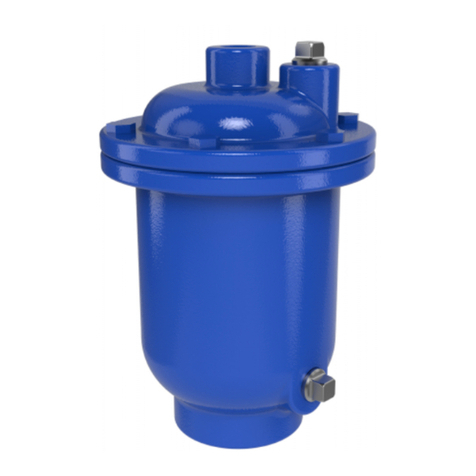
CLA-VAL
CLA-VAL 34AR Series installation manual
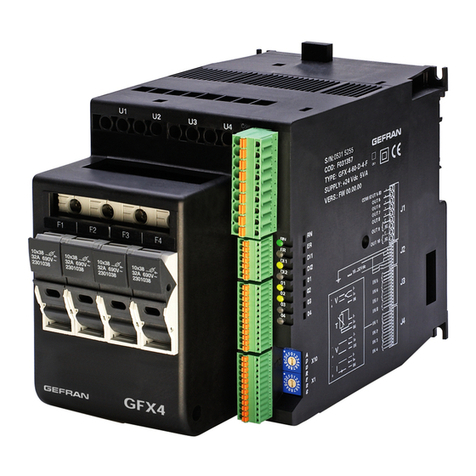
gefran
gefran GFX4-ETHERNET Installation and operation manual
ON Semiconductor
ON Semiconductor LV8702VSLDGEVK quick start guide
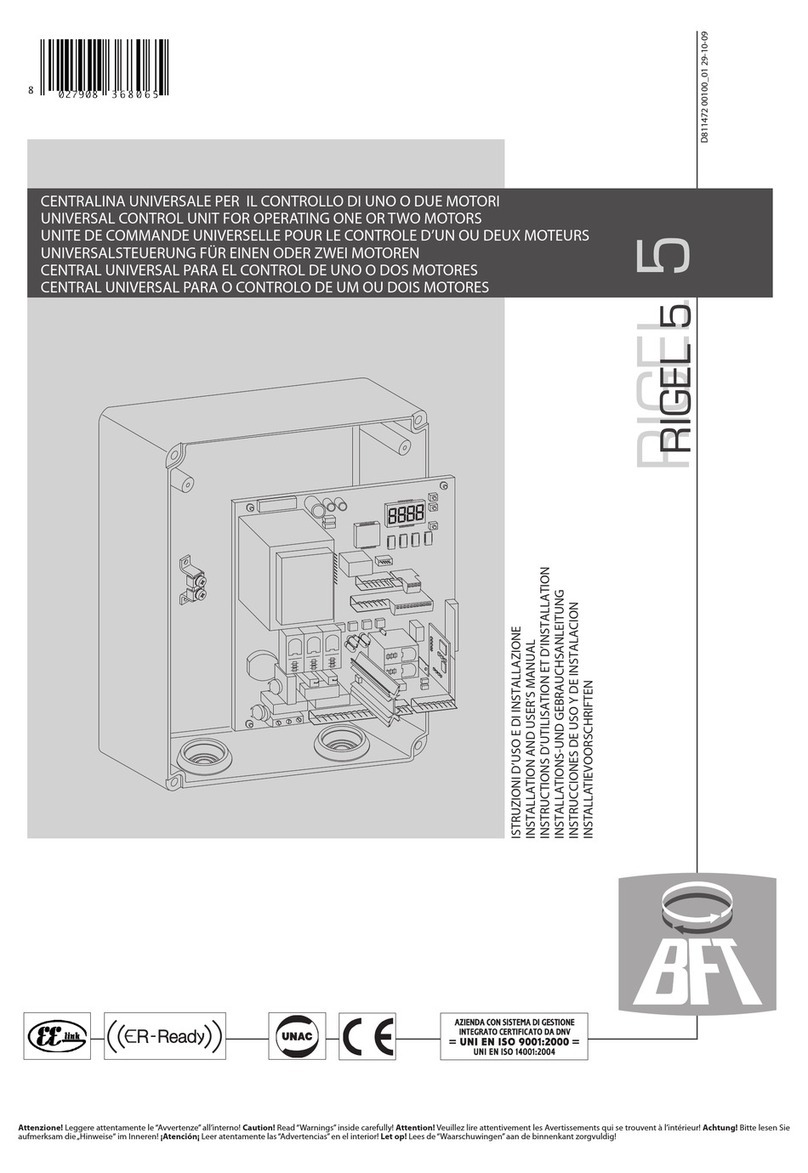
BFT
BFT RIGEL 5 Installation and user manual
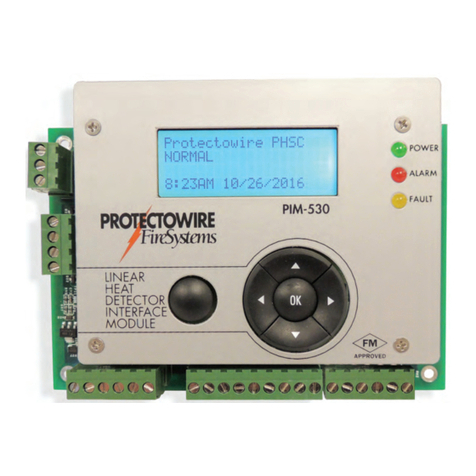
Protectowire
Protectowire PIM-530 Series Installation and operation guide
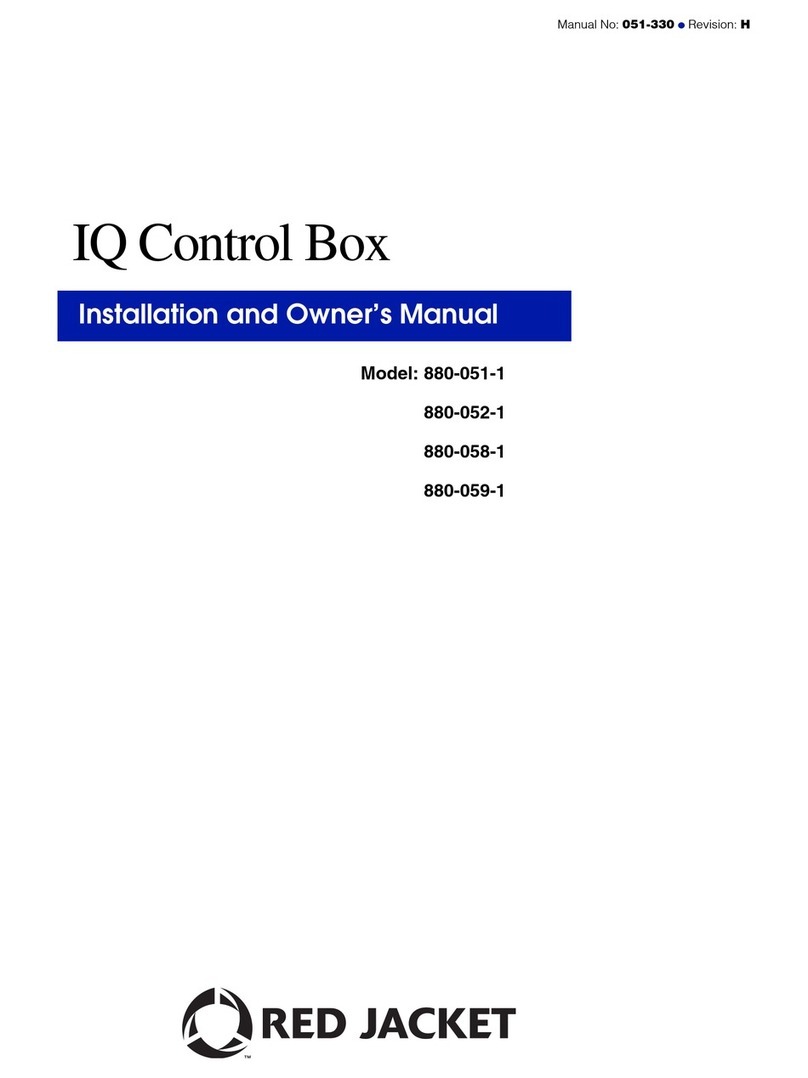
Red Jacket
Red Jacket 880-051-1 Installation and owner's manual
